Leadership is an essential thing in so many situations. Good leaders are revered and keep the world moving smoothly. Good leaders make extraordinary bosses, raise exceptional children and, for our purposes today, raise and train beautiful dogs. Practicing these quality dog training leadership skills with your dog will help keep them safe, and active, and develop a lasting relationship in the long run.

1. Be A Pack Leader
Your dog will seek out the leader of the pack. If there doesn’t appear to be a dependable leader in your pack (family), your dog will attempt to become the pack leader. When your dog assumes that they are the alpha, you will have many problems to deal with. How do I become the leader of the pack? To properly become a pack leader, you need to find that delicate balance between leadership and companionship. Sometimes, people get so wrapped up in trying to show dominance over their dog that they forget to show affection! When your dog is behaving well, it’s a great idea to show your dog how pleased you are with their behavior. Dogs thrive on reassurance and affection. When your dog does something well, you should not only offer praise and positive energy. You should exaggerate that positivity as much as you reasonably can.
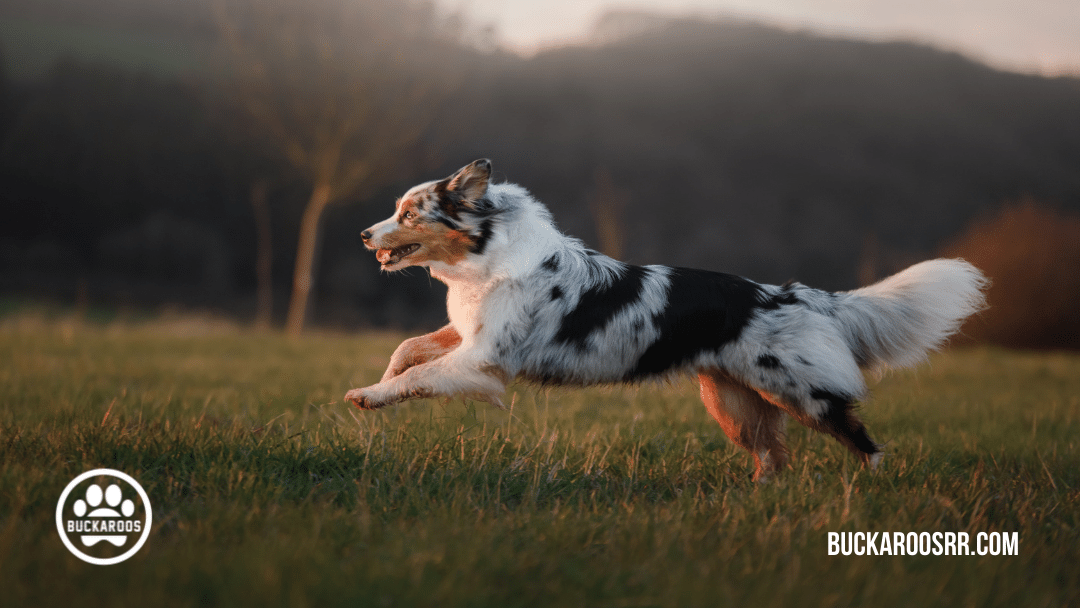
2. Establish A Routine
Developing windows of opportunity, creating good routines, and always ending on a good note is best when training your dog. Most dogs thrive on having a practice. They like knowing when to expect activities such as mealtimes, walks, playtime, and more. It can also be a great help to establish a routine when trying to train your dog. Most dogs feel more secure when they can predict what will happen each day. The following ideas will show you how establishing a routine can benefit your dog training. It’s a good idea to give your dog or puppy its meals around the same time every day. Puppies usually eat several small meals over the day, while adult dogs get one or two larger meals. Putting this on a schedule will significantly enhance your housebreaking efforts. Dogs will be more likely to hold it if they can reliably predict when they’ll get a chance to go outside and relieve themselves.

3. Have A “Training Voice.”
Your dog training voice, both tone and volume, are an essential tool you have to communicate your commands with your dog. The style of your voice can influence your dog’s behavior and can affect their decisions about whether or not they should follow your order. Contrary to popular belief, training your dog will not only require you to say the correct commands, but your tone also should depict authority so your dog won’t think twice about following your instructions. Dog voice tones to practice are the following:
- Cheerful (higher volume, high pitched – silly, happy)-Expresses fun along with your pleasure and pride in your dog’s behavior.
- Soft and reassuring (lower volume, higher pitch – soothing) – Expresses your love and concern. Your dog associates this tone with bonding.
- Firm (lower volume and lower pitch – authoritative, serious) – Give commands and correction once, in a firm tone of voice. It gets your dog’s attention and respect. Use it when you give a command and have to correct, in such a way, your dog focus on you. Your dog will get the message.

4. Build Trust
Building trust takes time and patience, but there’s a lot you can do to help your dog feel more comfortable and trusting with you. Depending on your dog’s specific situation and how they show their trust issues, some of the quality dog training leadership skills should help you with your dogs training trust.
- Learn to read their body language. A dog that is happy and ready to greet you will have a relaxed body and face, hold their tail high, and wags their tail back and forth. A dog that is fearful and anxious will have a tense body, hold their tail low or tucked under them, may avoid eye contact, pant, pace or show any of the signs listed below.
- Approach the dog at their level. Towering over dogs can cause them to be fearful and anxious, so it’s important to get down to their level. Sit on the floor or squat down so that you are at eye level with them. Keep a bit of distance between you and the dog and ignore them until they come to you.
- Let your dog come to you. When your dog approaches, respond with a calm, happy voice and reward them with a food treat. Notice how your dog takes the treat. If they take it from you in a rough manner and or drop the treat, that is a sign that they are anxious and fearful. Do not try to touch the dog — instead talk to them softly and offer more a few more treats. Then let them have their space. If they gently take if from you and immediately eat it, then you can proceed, If they allow it, pet them by extending your hand from underneath, gently stroking their chest or chin. This underneath approach is important because a hand raised over a dog’s head can be scary for them.
- Building a dog’s trust and confidence is really a matter of helping them overcome their anxieties and fears. Depending upon the number and extent of their fears, this can be demanding of your time and emotional energy, especially with dogs who have been rehomed several times, are predisposed to fear and anxiety, have experienced a traumatic event or have been abused. Even encouraging the spirit of a newly adopted dog can be challenging. However, the effort is worth it — gaining your canine friend’s trust means you will have a stronger, deeper, and more meaningful relationship.

5. Use A High-Value Treat
When you’re teaching your dog new behaviors, it’s important to keep him motivated and interested. One of the easiest ways to do that is with treats. In order to give your dog lots of treats in a short period of time, you need to choose ones he can eat quickly. How quickly your dog gets his reward can also have an impact on training. If you take too long to deliver the treat, your dog can become confused about exactly what they are being rewarded for. Make a list of what your dog gets excited for. It could be chicken, bacon, carrots, and some delicious tasty dog treats. Peanut butter is long-lasting and will work to let your puppy stay occupied. Most importantly you need to create a marker. Associate it with your treat using high pitched words to keep them positive.
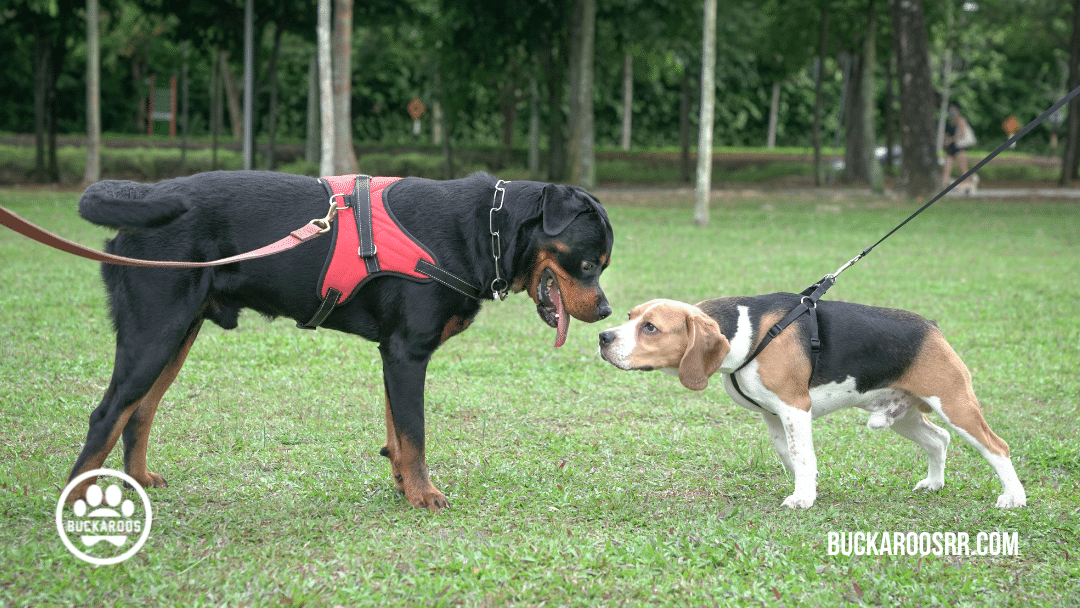
6. Be Sure To Socialize
There are certain new situations to which all puppies should be exposed if possible, preferably during the first 16 weeks of life, and the good news is that most of these can be accomplished in and around your own home. Each positive experience builds your puppy’s self-confidence using the quality dog training leadership skills. These exposures include:
- Different surfaces: grass, leaves, concrete, gravel, linoleum, carpet, wood, sand, etc.
- Different sounds: think of all the everyday sounds around your home, including hairdryers, phone ringtones, radios, vacuum cleaners, and more. There are even recordings of sounds like thunder and other dogs barking that you can download for your puppy to hear. Be sure to make each noise exposure a positive experience by acting happy around the sound and associating the sound with yummy treats, and watch your puppy as you grow older. Keep a note of what you think your dog will need socializing skills.
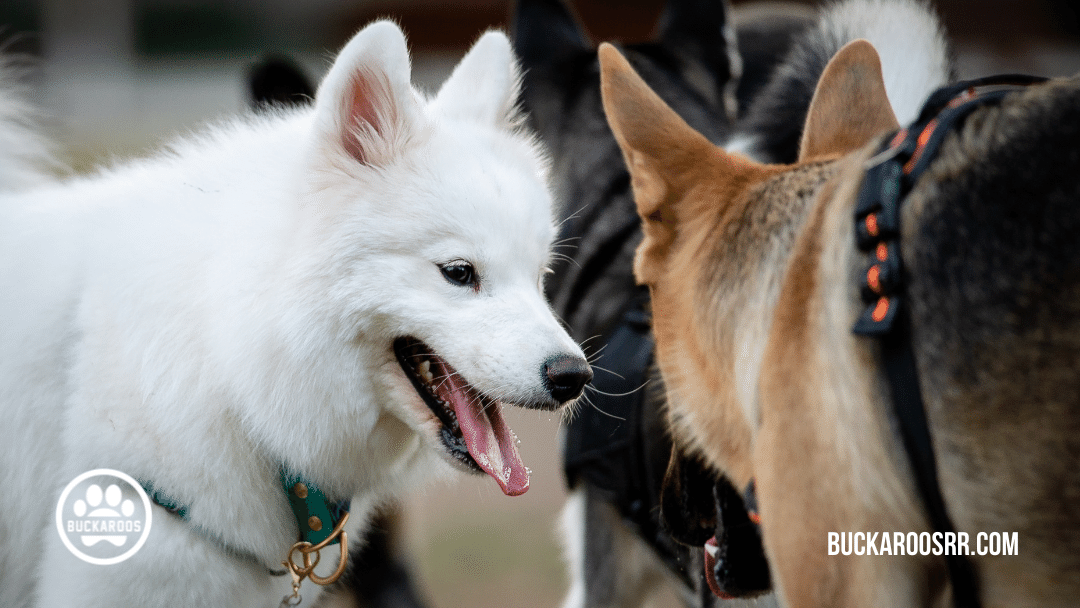
7. Dogs live in the moments
Dogs live in each moment as we train them. They rarely remember day to day unless a reward is associated with an action. Rewarding your dog in the moments they are doing things we like will cause them to repeat the behaviors. If you can capture these moments your dog will begin to repeat them. See your dog sitting beside you quietly? Try to reward them with a treat or affection and they will learn to repeat these behaviors. Always mark the exact moment the desired behavior happens so your dog isn’t confused on how the reward happens. Learning how to capture the desired moments will increase your chances of repeating desired behaviors with quality dog training leadership skills. Be careful not to speak when your dog is doing undesired behaviors as your dog will consider that a marker and repeat the undesired behavior.
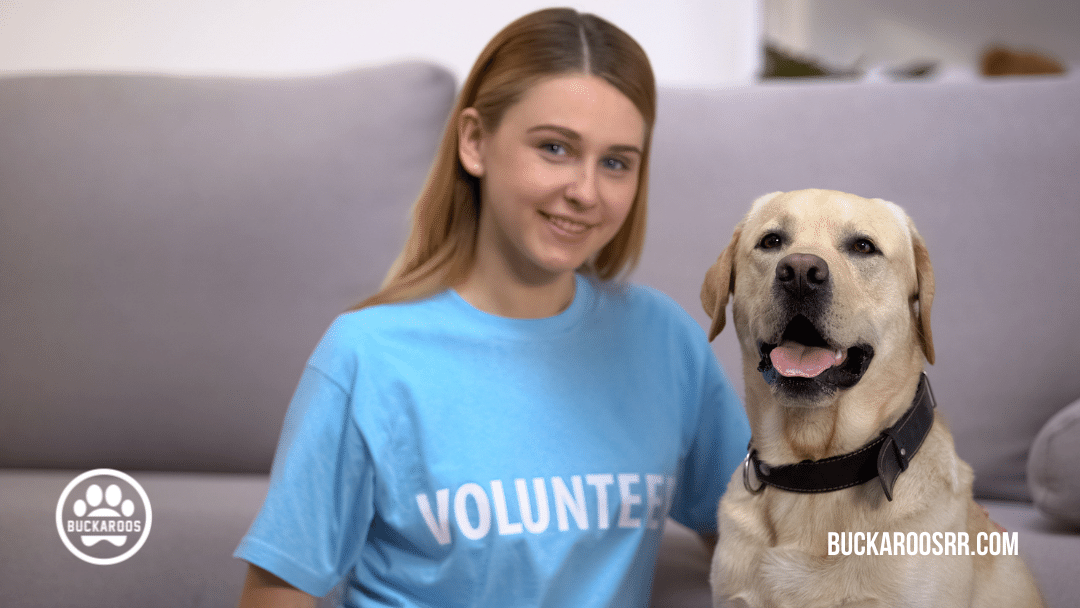
8. Set your dog up for success
Simple is best and be prepared to think like a dog. learning your dogs body language is one of your to success. Provide exercise and mental stimulation for your dog on a daily basis. Set up your dog for success by not giving him/her the opportunity to fail. Know your dog’s limitations. Make sure your fence is secure. Check your fence for any areas that might need reinforcement, where your dog might be able to go under, over or through the fence. Supervise your dog while outside, even in your own yard. Keep your dog leashed when in public. Not only is this the law, but it prevents your dog from taking off after a child running down the street, the neighbor’s dog or a squirrel in the wrong place at the wrong time. Check your dog’s walking equipment to make sure it is well-fitted, sturdy and appropriate for the temperament of your dog.
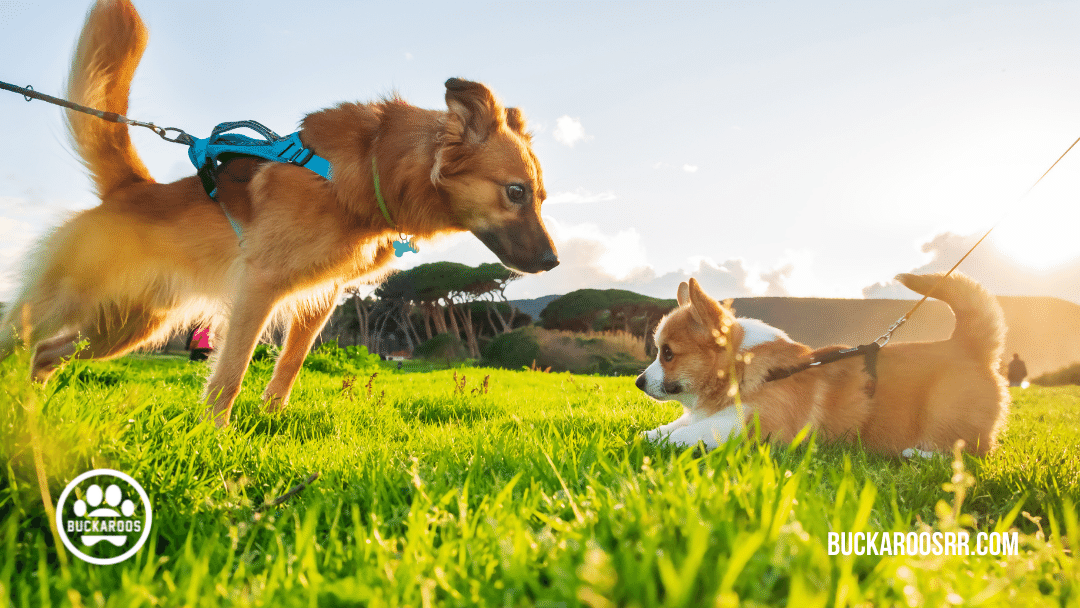
9. Be Consistent
Always make sure to be consistent in your training. Your dog needs to know that the things you train them to do mean the same thing every time. For example, if you use the word “down” to mean lie down, do not use the word “down” to mean get off the couch. In that case, a better term is “off.” Make sure your markers are consistent to teach the dog to repeat the desired behavior. Also practice training consistently every day. Just 5 minutes of quality training per day can make a very big difference in your dog’s behaviors. You are technically always constantly training your dog, so make sure you are training the desired behaviors consistently by using quality dog training leadership skills. This is one of the most important of the quality dog training leadership skills as it will mold your dog’s behaviors the quickest.
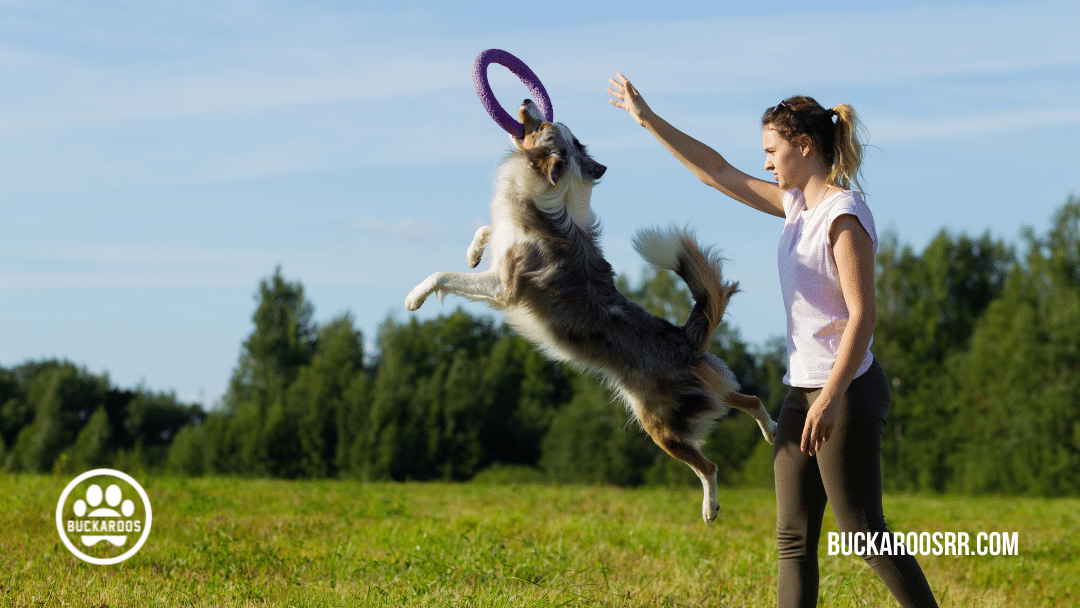
10. Show what you want
Guide your dog into position or through the movement of the behavior with a lure. This is easily done with a food treat, but can also be done with a toy or with nothing in the hand at all once a dog has learned how to follow hand prompts. When first introducing a new behavior to your dog, sometimes it takes practice to get the lure just right in positioning and speed. For instance, if you’re teaching your dog to sit when they greet someone, you’ll place the lure right in front of their nose and slowly move it over their head (between their ears). The dog should follow the lure with their nose, causing their rear end to hit the floor. Sometimes, however, we move the treat back too quickly or position too high, and the dog jumps up towards it or moves around to try and find it rather than sitting. It takes practice to find the exact speed and positioning of your lure. If your dog isn’t following a food lure or hand prompt well, try moving slower or keeping your hand closer to their nose as you move it.
In conclusion, these quality dog training leaderships skills will establish you as the pack leader for your dog. Practicing all of these skills simultaneously will be the fastest way to train your dog with positive reinforcement. Being consistent will help keep your dog safe, active, and develop a lasting relationship for the long run. If you’re interested in furthering your training and understanding of dog behavior solutions, please contact us or leave any questions below in the comments!





